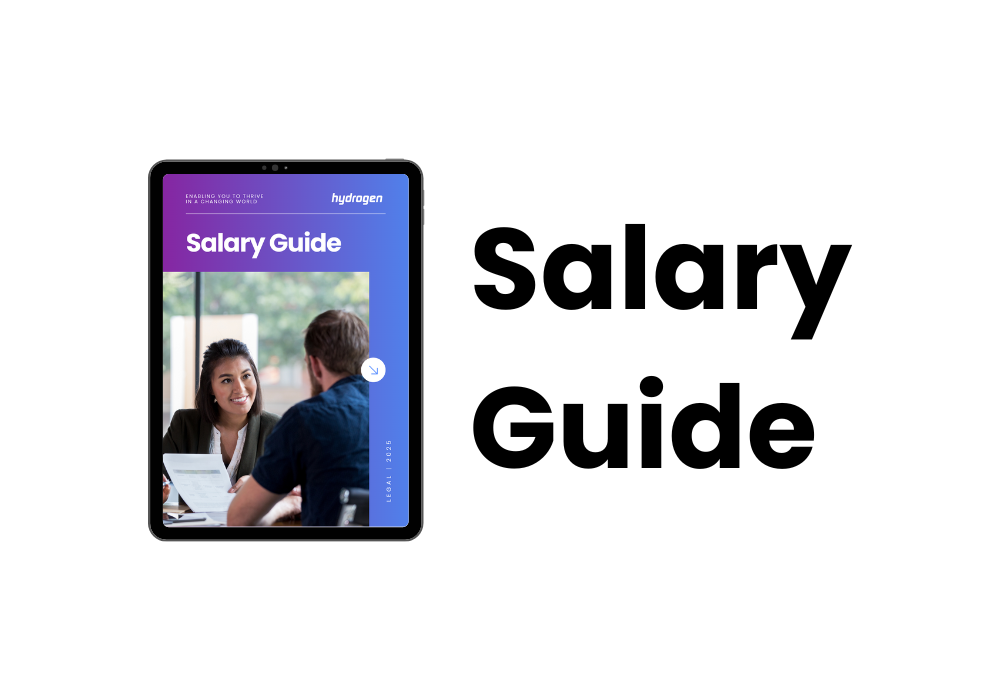How to hire in Technology: Steps to ensure gender diversity
There have been countless studies in recent years that show the benefits of diversity in the workplace on everything from team performance to the corporate bottom line. But, despite its cutting-edge, contemporary image and pace of change in other areas, Technology lags some way behind other sectors when it comes to diversity.
For such a huge sector in the UK, particularly one that is facing a skills shortage, it’s an issue that needs addressing fast. Aside from the expectations of clients, research shows that organisations with one or more women on the board significantly outperform those with only men. One global consulting firm recently showed that companies in the top quartile for gender diversity were more than 20% more likely to enjoy above-average profitability. Among the FTSE 100, there is around 30% female representation on boards today – the tech sector has less than half that number.
Only 19% of those working in tech in the UK are women and while the numbers are better at smaller businesses, female-led start-ups suffer by comparison to male-led when it comes to chasing funding. Of the women who do make it in the tech sector, more than half say that it has been put to them that their gender will hinder their career; the biggest barriers to advancement are perceived to be a lack of mentors and female role models; and the quit rate of women is more than twice as high as it is for men, which points to an inherent retention issue to address too. In terms of attraction to the sector, only 3% of women say a career in tech is their first choice (compared to 15% of men).
Plus, there is huge opportunity for more girls to get into this area of work – often the perks, benefits and salaries that developers can get straight out of university are better than average so girls shouldn’t be missing out on this! My friends and I often joke about how if we were to have girls, we’d be encouraging them to get into coding from a young age. With the rise of companies such as Code Like A Girl, Girls Who Code & Women Who Code, more and more women and girls are learning. As a recruiter in the tech market, I have to be careful not to apply bias to our candidates, but the truth is that we couldn’t be gender biased even if we wanted to as there is such a lack of female candidates for certain skillsets.
So, how can we improve our recruitment processes to improve diversity hiring? Organisations need to identify and remove potential biases in sourcing, screening, and shortlisting candidates that may be ignoring, turning off, or accidentally discriminating against qualified, diverse candidates. Here are some steps we believe clients should be taking.
Improve job descriptions
Research shows that women are much less likely to apply for a job if they don’t meet all the stated criteria (compared to men who will apply if they meet 60% of the requirements), so the language used in job descriptions needs to be scrutinised for terminology that might deter female candidates, for example, phrasing that emphasises the opportunity to learn, can encourage women to apply.
Gender-biased words and phrases also need to be removed across the board and there is even AI to help do this! Certain words resonate differently with men and women, so avoiding language considered too masculine can have a considerable impact. One Australian software firm hired 80% more women into technical roles in two years after changing the wording in its job ads.
Highlight diversity in your values
Workplace diversity will attract candidates from diverse talent pools. 80% of participants in a large survey by a multinational professional services firm said that an employer’s policy on diversity, equality and inclusion is an important factor when deciding whether or not to work for them. So, highlight your commitment to diversity on your website; list it as one of your company’s top values; and include photos and quotes of your diverse employees too.
Try ‘blind hiring’
Blind hiring is increasingly being used by larger organisations, after initial research revealed that applications with ethnic origin names were returning a poorer success rate than identical applications with “whiter” sounding names. The technique has since been expanded to any personal information about a candidate that might lead to a biased, unconscious or conscious, decision. Removing names, gender indications, nationality, and even education can eliminate unconscious bias during the hiring process, leaving applications to be considered purely on skill set and experience.
Interestingly, one of our clients, a global Life, Pensions and Investments company, has recently started trialling blind hiring with great success. Yes, it takes a little bit more time to anonymise CVs, but it’s worth it to ensure they get the best person for the job regardless of gender, ethnicity, or any other bias. And yes, it’s not a perfect process yet and the client might select a “blind hired” candidate for interview who has a bad reputation within the company but that’s very unlikely. What’s far more likely without blind hiring is that the client applies unfair prejudices to certain groups and therefore misses out on the best person for the job. I’m not the only one who thinks this – every candidate we’ve told about the blind hire process has been overwhelmingly positive about it.
Implement diversity training
On the subject of unconscious biases, training hiring managers in diversity will equip them with an ability to avoid certain biases and be generally more aware and sensitive of diversity issues. Automatic judgements that we all make, such as affinity bias where we might gravitate towards or favour people similar to ourselves, can be minimised once they are put in the spotlight and identified.
Introduce a diverse interview panel
Another way of avoiding unconsciousness biases is to not leave the hiring decision down to either an individual or a group of similar individuals. Making the selection process collaborative, by including diversity in the interviewing panel will eliminate the aforementioned affinity bias immediately, as well as give the candidate a better, hopefully more encouraging, view of your workforce and company ethos.
Offer workplace flexibility
Remote working and flexible hours will attract more diverse candidates, as well as improve retention rates, research showing that long commute times are a major reason why employees quit. Distance from downtown office locations is often correlated with more diverse neighbourhoods, and from a gender diversity perspective, working mothers are drawn first to those employers who offer flexible working hours. Again, companies need to champion these policies and benefits in all the right places, to widen the net on diverse talent.
Does your company have any of these measures in place? What has been the impact on your hiring?
- [Sources: McKinsey, PwC, CWJobs, Diversity In Tech, Credit Suisse, Harvard Business Review, Hewlett Packard]













